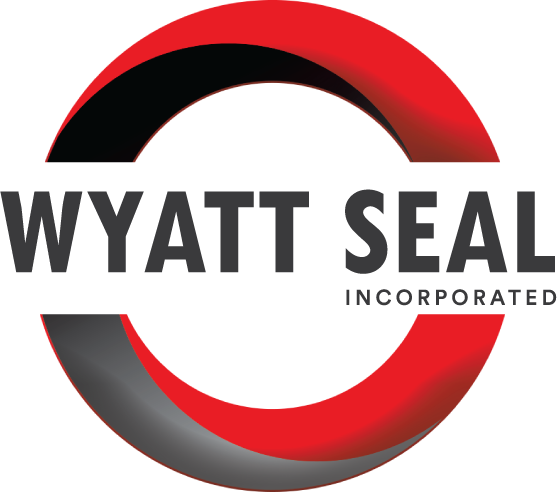Designing the right seal for a challenging application can feel overwhelming—especially when failure isn’t an option. That’s where Finite Element Analysis (FEA) comes in. By simulating real-world conditions, FEA helps you predict performance, reduce risk, and save both time and money. Contact us here to get started, and keep reading to learn more about how FEA works and why it’s such a valuable tool.
What Is Finite Element Analysis?
Finite Element Analysis, or FEA, is a powerful tool engineers use to test and improve their designs before anything is built. It takes a virtual model and predicts how it will react to real-world conditions—like changes in pressure, temperature, or applied forces—by analyzing the materials and structure in detail.
Think of it as a way to “see” how a seal will perform under different conditions without having to run endless physical tests. And FEA isn’t just for solid parts—when it’s applied to fluid flows, it’s called computational fluid dynamics (CFD), giving engineers insight into how liquids or gases interact with a design.
Reused with permission of Parker Hannifin
How Does FEA Work?
FEA works by breaking a structure—like a seal—into many small pieces called elements, connected at points known as nodes. The software then calculates how forces, pressures, and temperatures affect each node, which helps predict how the entire seal will behave in the real world.
The more elements and nodes included in the model, the more detailed and accurate the results. The outcomes are usually displayed on a 3D model with colors highlighting stress points, making it easy to see where a seal might experience strain or deformation. This visual insight helps engineers refine designs and prevent potential problems before physical testing even begins.
-min.gif?width=1124&height=676&name=what-is-finite-element-analysis-fea%20(compressed)-min.gif)
Reused with permission of Parker Hannifin
What Is Involved in Running an FEA?
Running an FEA starts with defining the problem or question you want to answer. This step sets the stage for everything else, including the boundary conditions, material properties, and the type of analysis needed.
Next, a 3D CAD model of the part or seal is created and broken into a mesh of elements and nodes. Material properties are applied, and the analysis is set up to simulate real-world conditions. Engineers can then run a series of tests to see how the design performs under different pressures, temperatures, or forces.
By using FEA early in the design process, you can catch potential issues, make smarter design choices, and reduce the need for costly physical prototypes.
Types of FEA Tests
FEA can be used in different ways depending on what you want to learn about a design:
- Static Analysis: Looks at how a seal or part reacts to steady, unchanging forces or loads.
- Dynamic Analysis: Examines performance under motion or fluctuating forces, like pulsing fluid in a pipe or moving machinery.
- Modal Analysis: Focuses on vibrations and heat flow, helping predict temperatures and stresses that could affect performance.
Each type of test gives engineers a clearer picture of how a seal will behave in real-world conditions, helping ensure reliability and durability before production.
Advantages of FEA
FEA gives you the insights you need to make better seal design decisions while saving time and money. Some of the biggest benefits include:
- Reduce Risk: Understand how a seal will perform under pressure, temperature, or other conditions, helping prevent failures.
- Boost Performance: Optimize designs before building prototypes, improving reliability, lifespan, and functionality.
- Failure Analysis: Simulates the conditions that led to a premature failure, giving engineers the insights needed to design longer-lasting, more reliable seals.
- Save Time & Money: Cut down on physical testing and accelerate development with virtual simulations.
When performance matters most, FEA can be a game-changer, helping you choose the right seal for the job with confidence.
Putting FEA to work for your seals
Finite Element Analysis is a powerful tool that takes the guesswork out of seal design. By predicting performance, identifying potential stress points, and optimizing materials, FEA helps ensure your seals are reliable, durable, and ready for even the toughest applications. Whether you’re working with standard designs or custom solutions, FEA can save time, reduce risk, and improve results
If you need help navigating this process to find the right seal for your project, talk to a seal expert at Wyatt Seal. We’ve spent 50 years building relationships with seal manufacturers worldwide to offer you access to thousands of seals, gaskets, O-rings, and other specialty items for any application.

